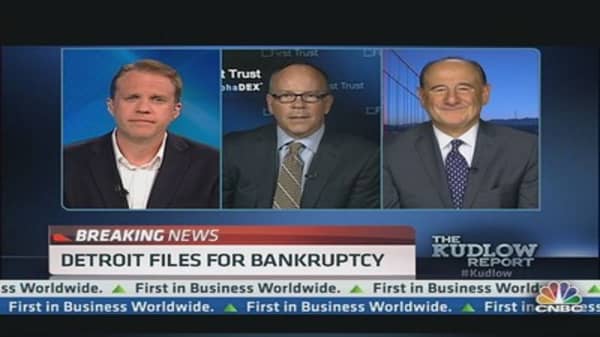The long decline of Detroit, a hollowed-out relic that once was hub for the U.S. automotive industry, led on Thursday to the biggest U.S. municipal bankruptcy filing in the country's history.
(Read More: Detroit becomes largest US city to file for bankruptcy)
Here are some facts Kevyn Orr, the emergency manager who has been running Detroit since March, and Governor Rick Snyder cited for leading to the city's bankruptcy filing:
Detroit, which saw its population drop from 1.8 million in 1950 to less than 700,000 by 2012, is drowning under more than $18 billion in debt.
(Read More: Detroit prepares for bankruptcy as soon as Friday)
City tax rates are at legal limits and expenditures have exceeded revenue for six years. Property taxes were delinquent on 47 percent of the city's taxable properties in 2011.




